Dynamic content, referred to as adaptive content, encompasses online content such as web pages or email components that adjust and evolve based on user data, behavior, or preferences. This dynamic nature allows for personalization, time sensitivity, location relevance, or user-generated contributions.
Dynamic components can take various forms, including text, audio, or video formats. Additionally, any element on a page that undergoes changes over time or exhibits movement falls under the umbrella of dynamic content.
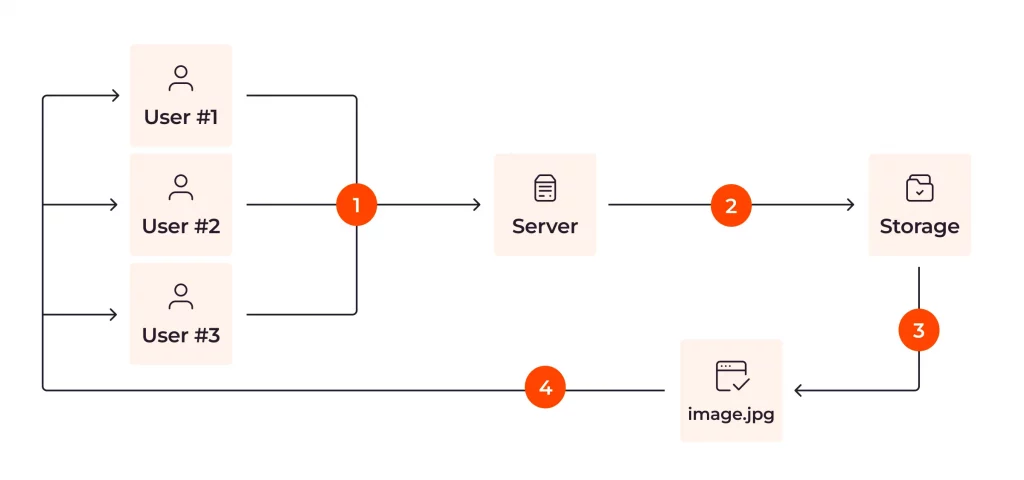
Typically, modifications in content are triggered by user signals, incorporating in-session behavior, user characteristics, user data, or other relevant parameters. These signals include:
- In-Session Behavior: Content adapts based on the pages users visit, the duration of their on-site engagement, or the items they add to their cart.
- User Characteristics: Content adjusts based on demographic factors such as geolocation and buyer personas.
- User Data: Changes in content reflect past user data, encompassing aspects like customer engagement, customer lifecycle, and previous purchases.
An exemplary illustration of dynamic content is Amazon’s recommendation engine. Additional instances include:
- Personalized popups with text alterations based on user characteristics and in-session behavior.
- Recommendations for products based on browsing history.
- Greeting users by name and offering product suggestions based on their previous purchase history.
- Dynamic content extends to advertising as well. For example, if a user visits a website and subsequently opens Facebook, there’s a high likelihood of encountering ads related to that specific website.
Benefits of Dynamic Content:
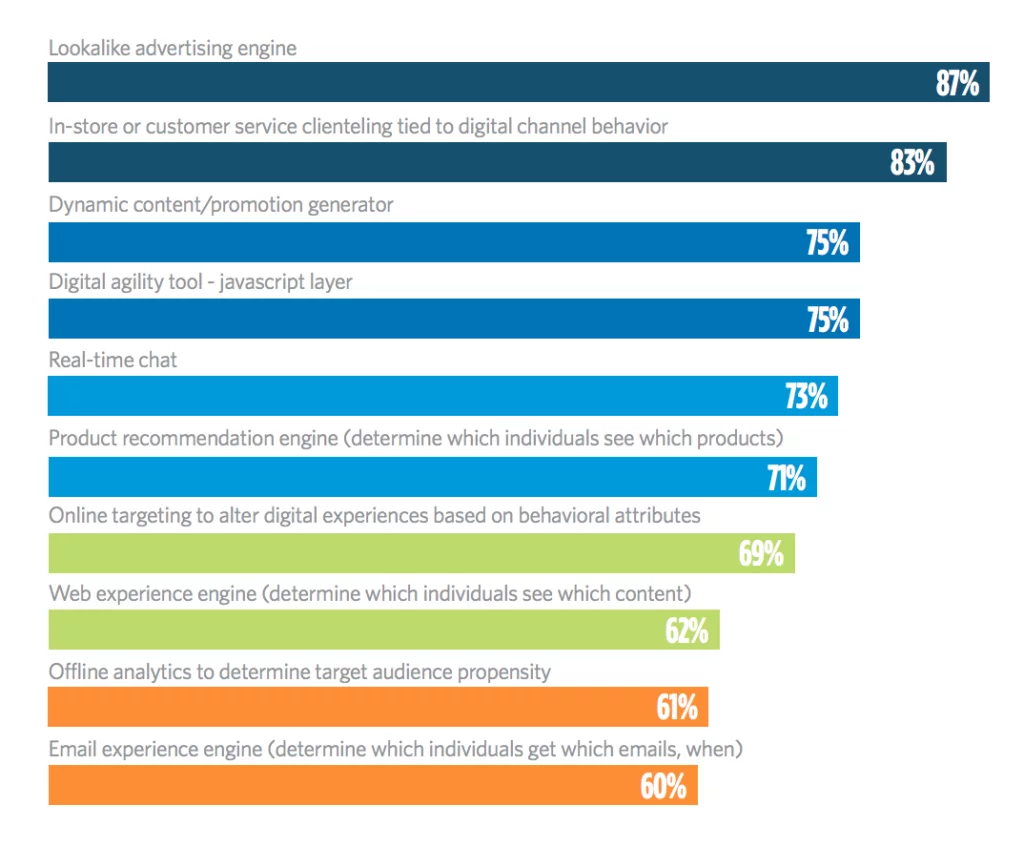
- Enhanced User Experience: The most apparent benefit is an improved user experience, making the website more personalized. This heightened personalization fosters increased engagement and conversion rates, as users are likely to spend time on a site tailored to their interests.
- Positive Impact on KPI Metrics: Improved conversions, reduced bounce rates, and increased return visits contribute to strengthened relationships with prospects, positively impacting key performance indicators (KPIs).
- Increased Relevance: Displaying relevant product recommendations through dynamic content can entice visitors to make purchases, subsequently boosting sales.
- Seamless Page Layout: The seamless and fast loading of adaptive content ensures an unobtrusive solution for businesses, preserving the integrity of page layouts.
- SEO Benefits: Dynamic content can enhance a website’s relevance and user engagement, contributing to improved overall quality and user experience, thereby positively impacting Search Engine Optimization (SEO) efforts.
Strategies to Create Dynamic Content:
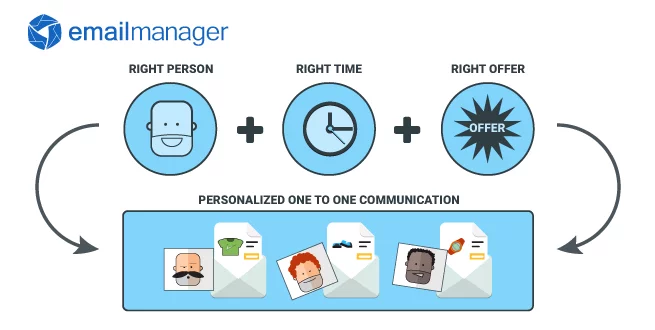
A. Use Dynamic Content and Create Personalized Popups
Utilizing dynamic content to craft personalized popups is an effective strategy to convert website visitors into valuable email leads and customers. Successful eCommerce sites leverage dynamic popups that respond to visitor behavior, demographic data, and interactive engagements.
Here are some prevalent examples of dynamic popups:
- Exit-Intent Popups:
- Exit-intent popups are strategically designed to appear when a visitor is on the verge of leaving the site.
- For instance, GQ employs an exit-intent popup displaying a message like “Our Best Style & Grooming Tips” to capture the attention of departing visitors.

2. Special Deals Based on Cart Quantity:
- Dynamic popups can be triggered for customers who meet specific cart quantity criteria.
- Encourage customers to spend more and enjoy savings by presenting special deals. For instance, initiate a campaign when a particular product is added to the cart and inform them about exclusive offers.
- Platforms like Popupsmart provide advanced popup builders that allow targeting specific shopping carts and creating more segmented campaigns.
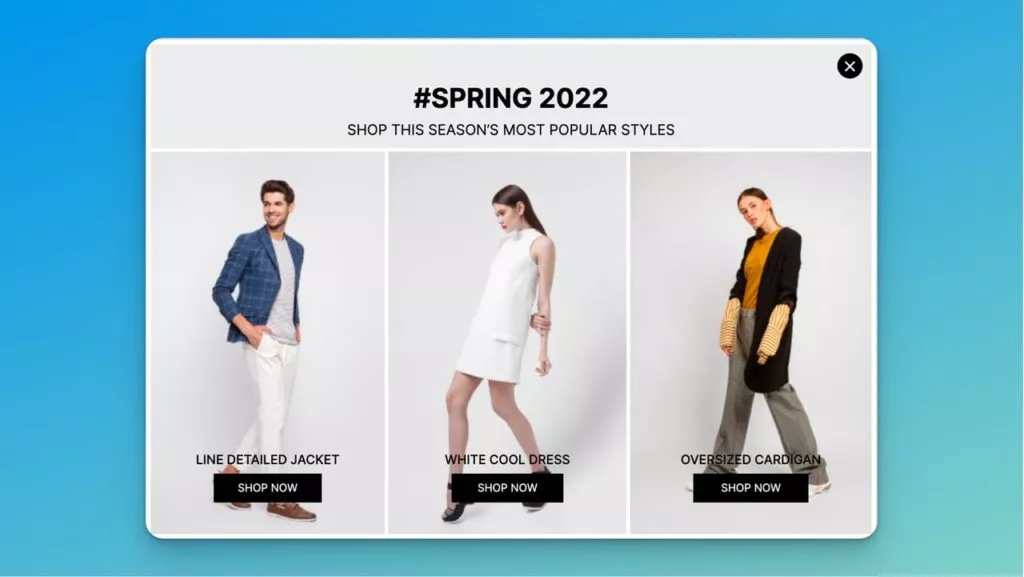
3. Dynamic Popup Content Based on Demographic Data:
- Personalize popups based on demographic information collected from visitors’ browsers.
- Address visitors by name or tailor campaigns to their location. In some instances, you can even incorporate localized details such as mentioning the weather in their location. This dynamic approach enhances user engagement and relevance.
4. Shopping Cart Abandonment Popups:
- Similar to exit-intent popups, cart abandonment popups are triggered on the cart or checkout page to re-engage visitors who are about to abandon their shopping carts.
- Kate Spade, for example, employs a cart abandonment popup offering free shipping as an incentive to encourage visitors to complete their purchase.
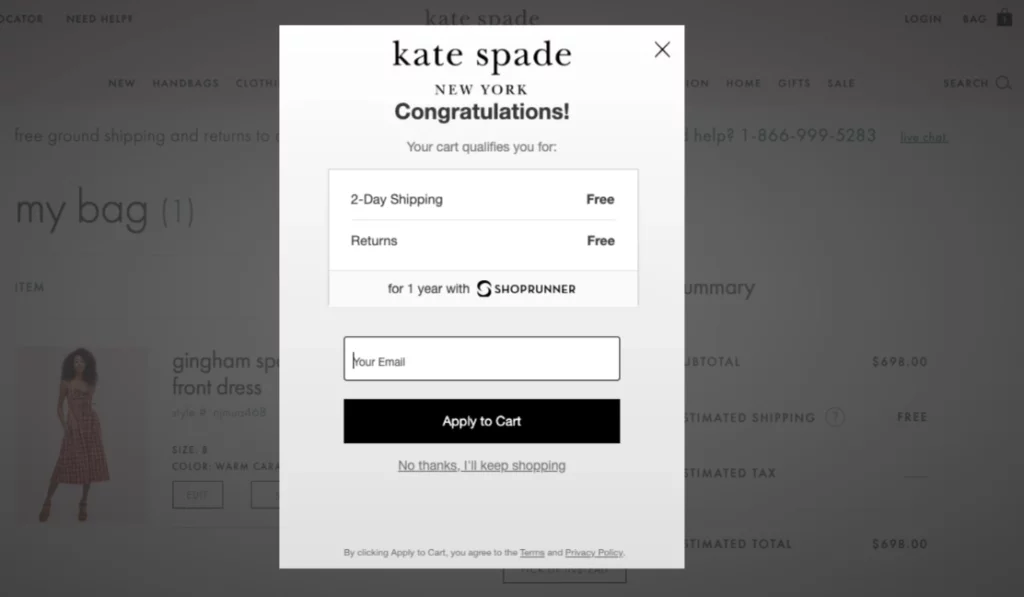
B. Personalize Offers With Geolocations:
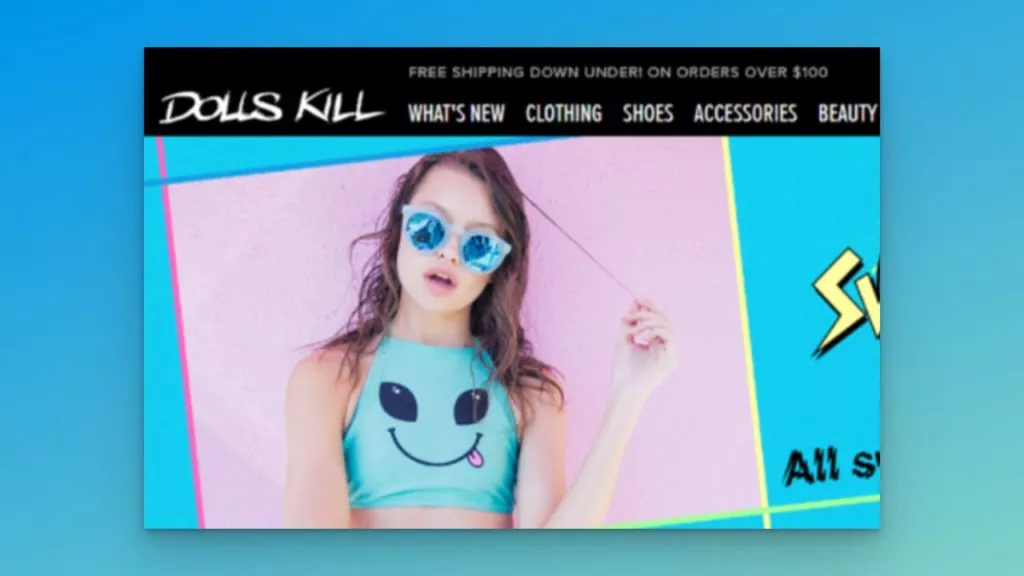
Dynamic content serves as a powerful tool for tailoring special offers to individual customers, ensuring that the right promotions reach the right audience. This is particularly effective when employing geo-specific targeting to customize offers based on the user’s location.
Examples of Geo-Specific Offers:
- Free Shipping Offers: For businesses catering to various countries, geo-targeting becomes invaluable. Recognizing that shipping costs often contribute to cart abandonment, personalizing free shipping offers based on the prospect’s location can be a compelling strategy.
- Dollskill’s Example: Dollskill, for instance, employs dynamic targeting by providing a free shipping offer exclusively to users from Australia. This targeted approach addresses the shipping concerns specific to that location, enhancing the likelihood of conversion.
C. Personalized Recommendations:
Dynamic content is extensively used by eCommerce giants like eBay and Amazon to deliver personalized product recommendations. This practice proves highly effective in upselling, cross-selling, and enticing customers to purchase items they’ve previously browsed.
Key Points:
- Individualized Treatment: Treating customers as unique individuals, recommending products tailored to their preferences, significantly impacts purchasing decisions.
- Salesforce Study: According to a Salesforce study, shoppers clicking on personalized recommendations are 4.5 times more likely to add items to the cart & 4.5 times more likely to complete the purchase.
- Target’s Example: Target showcases a dynamic product recommendation widget that adjusts based on user data and applied filters, providing a personalized shopping experience.

D. Offers Based on Customer Lifecycle:
Distinguishing between new and returning customers is crucial as their behaviors and preferences often differ. Crafting distinct marketing strategies and special offers for each segment ensures a tailored approach that maximizes profitability.
Effective Strategies:
- Segmented Offers: Create special offers specific to new and returning customers, acknowledging the varying behaviors and motivations within each group.
- Loyalty Rewards: Recognize and reward loyal customers while employing price incentives to attract and retain new or infrequent customers.
- ToolsToday’s Example: ToolsToday employs dynamic web content on its website, adapting to user location, language, and currency. An example includes a dynamic popup offering incentives tailored specifically to new customers.
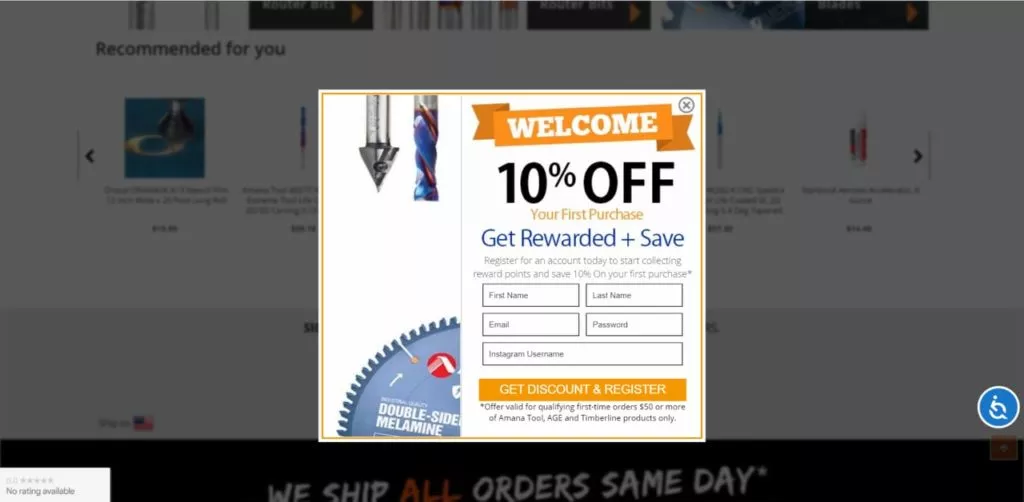
E. Utilizing Dynamic Content in the Awareness and Outreach Phase:
The success of marketing efforts is measured by lead generation and heightened awareness. Dynamic content emerged as a key player in enhancing the effectiveness of outreach programs, resulting in improved Click-Through Rates (CTRs) in email campaigns and enhanced Return on Investment (ROI) from ad campaigns.
Dynamic Emails:
Implementing dynamic content in emails can significantly elevate personalization and relevance in your campaigns. Key strategies include:
- Personalized Greetings: Addressing customers by their usernames creates a personalized touch that fosters engagement.
- Contextual CTAs: Crafting Calls to Action (CTAs) that align with specific actions, such as completing a purchase, exploring an article, or renewing an account, enhances the user experience.
- Timezone-Aware Invitations: Personalizing online event invitations based on the reader’s timezone simplifies the registration process.
- Tailored Email Content: Integrating supplementary data dynamically based on user account history, behavior, and data, such as product subscription levels, enriches the email content.
An exemplary instance is Netflix, which employs dynamic email strategies for varied purposes, including promotions, show recommendations, account renewals, and payment reminders, tailored to individual user journeys.
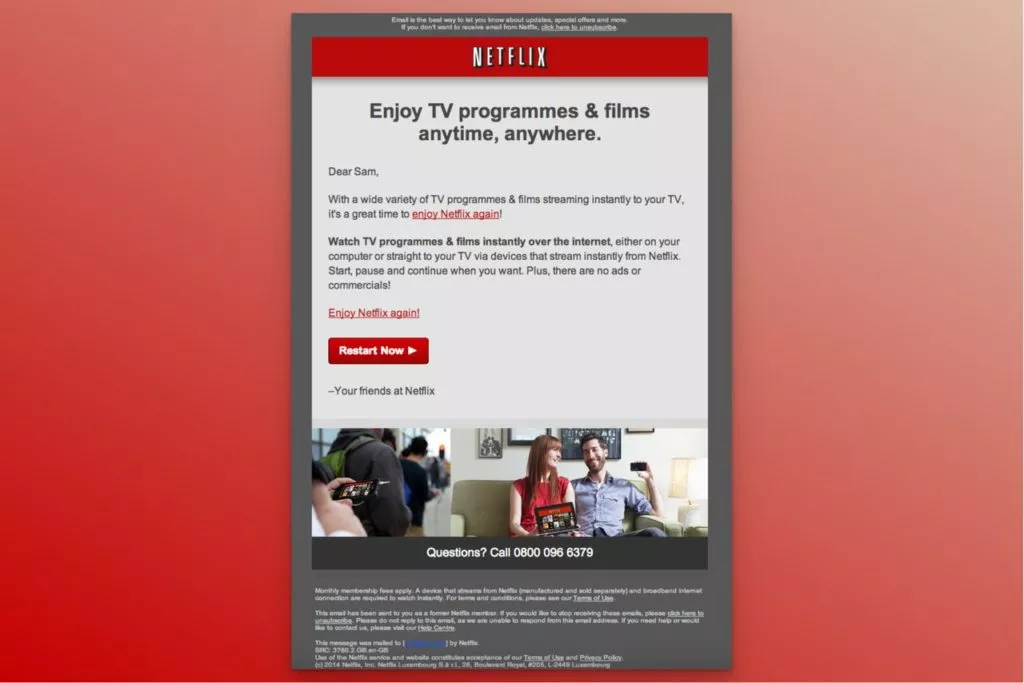
Learn about content optimization here.
Dynamic Content for Text & Display Ads:
In paid advertising campaigns, dynamic content proves instrumental in optimization. Key applications include:
- Google Adwords Integration: Aligning digital text ad titles with user search queries dynamically enhances relevance and user intent matching.
- Dynamic Display Ads for Remarketing: Crafting display ads dynamically based on prior user interests is pivotal in strategic remarketing efforts.
An illustrative example is Facebook’s dynamic ad generation, tailoring ads based on user history and interests, particularly effective in remarketing scenarios.
Wrap-Up: Unlocking the Power of Dynamic Content for Enhanced User Experiences
In the realm of online engagement, dynamic content stands as a powerful tool, delivering personalized offers, recommendations, and user experiences that significantly impact a website’s success and revenue. Its influence extends beyond immediate interactions, contributing to long-term audience engagement and retention.
In conclusion, dynamic content emerges as a formidable solution for businesses and websites seeking to forge meaningful connections with their audiences. The ability to provide a personalized experience not only enhances user satisfaction but also serves as a catalyst for increased engagement and improved conversion rates.
Implementing dynamic content in your website or business requires thoughtful planning and the right tools. By strategically integrating dynamic web content at various stages, businesses can unlock a plethora of opportunities for growth and user interaction. Rigorous testing will unveil the optimal approach tailored to your unique needs and objectives.
In this comprehensive guide, we aim to equip you with insights and strategies to harness the potential of dynamic content effectively. We trust that the information provided has been valuable in navigating the intricacies of dynamic content implementation.
FAQs on Dynamic Content:
How Do I Implement Dynamic Content in My Business?
Implementing dynamic content involves identifying the goals of your business and understanding your target audience. By aligning your business objectives with audience segmentation, you can create dynamic content tailored to the specific needs and interests of your users. Utilizing tools such as popups, emails, and notifications with dynamic content elements can further enhance the implementation process.
Is Dynamic Content Good for SEO?
Certainly, dynamic content can positively impact Search Engine Optimization (SEO). Search engines prioritize websites with fresh content, and dynamic content serves as a means to achieve this. Regular updates to content, coupled with personalized and relevant information for users, contribute to improved SEO rankings and enhanced visibility in search results.
Can Dynamic Content Be Used in Any Industry or Business?
Yes, dynamic content is a versatile solution that can be effectively employed across several industries and businesses. Its applicability extends to e-commerce, news, and media websites, among others, provided it aligns with the goals and target audience of the specific website or business. The key lies in tailoring dynamic content strategies to suit the characteristics and objectives of each industry or business.



